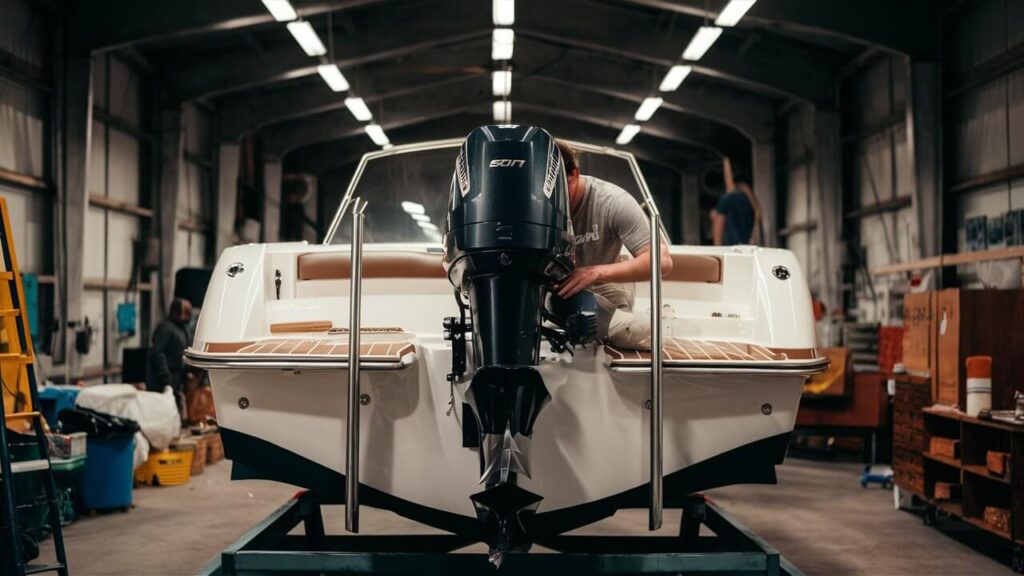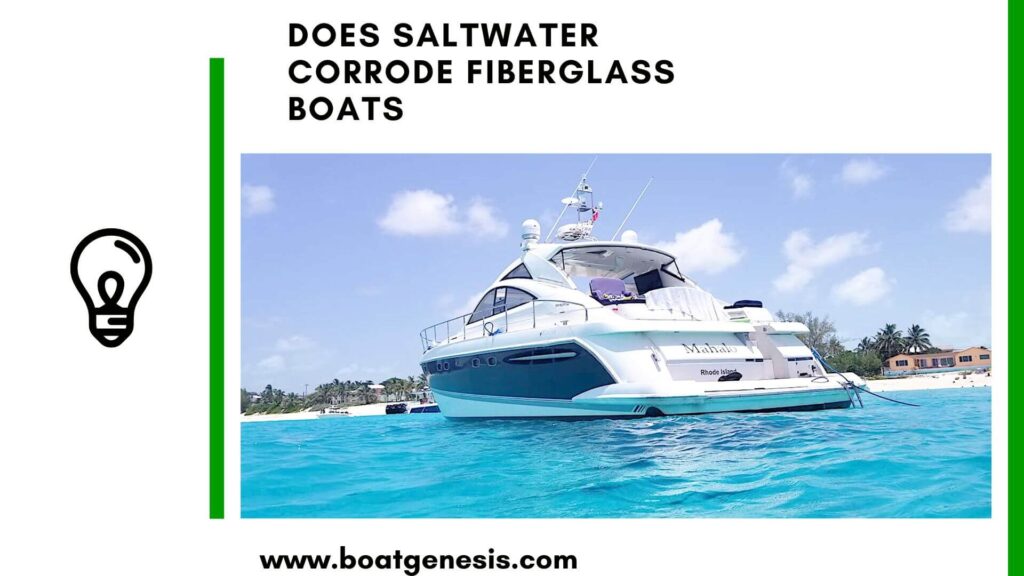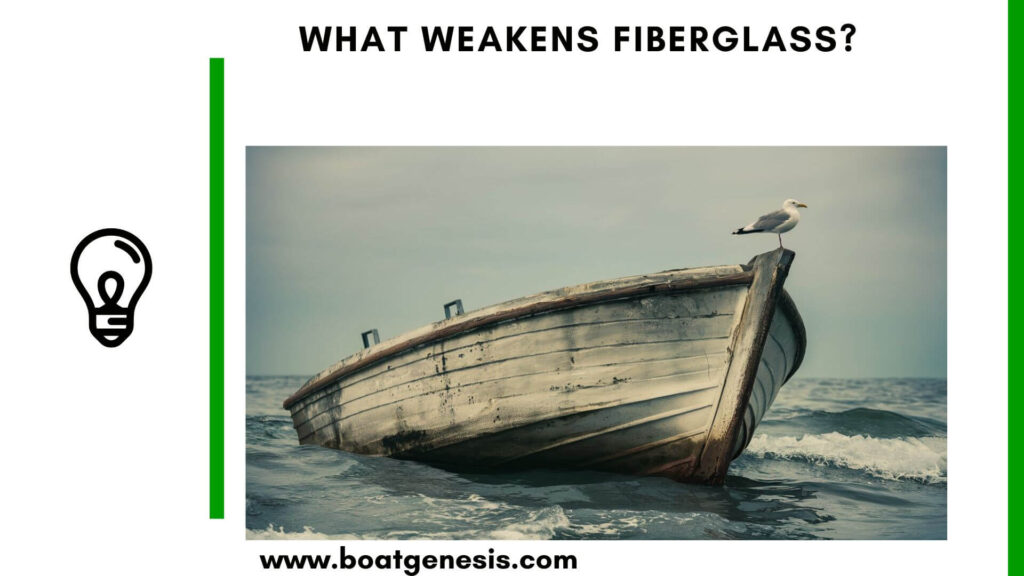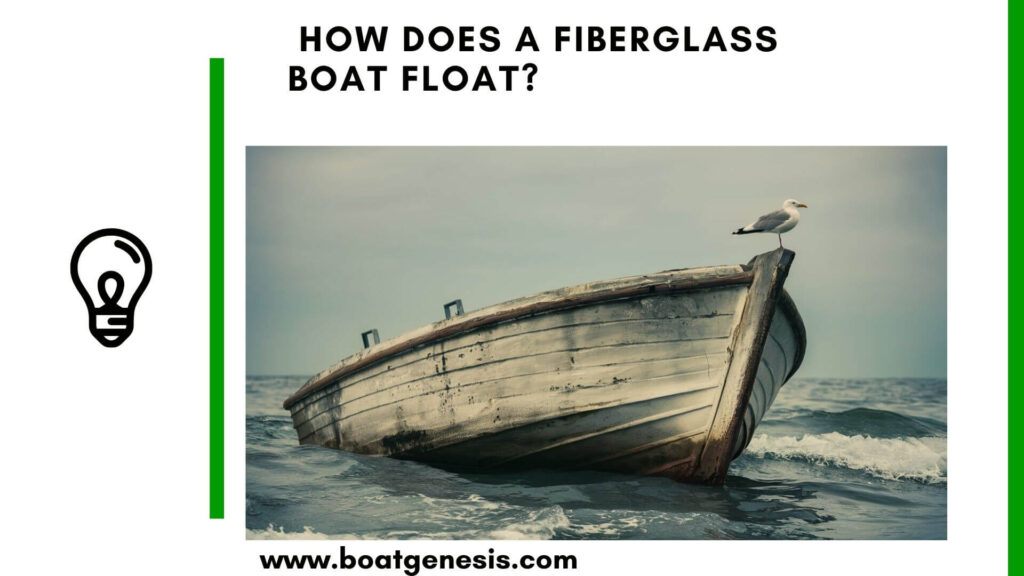If you own a 17-foot fiberglass boat and are wondering what size motor is best, the sweet spot is typically between 60 to 90 horsepower (HP). This range provides a balance of power, fuel efficiency, and maneuverability, ensuring your boat performs well whether you’re cruising, fishing, or enjoying water sports.
Why Motor Size Matters
Choosing the right motor size for your 17-foot fiberglass boat is crucial for several reasons:
- Performance: The motor determines how fast and smoothly your boat can travel. Too little power can leave you struggling against currents and winds, while too much power can be dangerous and difficult to control.
- Fuel Efficiency: An appropriately sized motor ensures that you’re not burning excess fuel, saving you money and reducing environmental impact.
- Safety: A motor that’s too powerful can make the boat unstable, increasing the risk of accidents. Conversely, an underpowered motor might fail in critical situations.
- Boat Longevity: Using the right motor helps prevent excessive wear and tear on your boat’s structure.
==>> Also read: 15 foot fiberglass boat motor size
Factors to Consider When Choosing a Motor
1. Boat Usage
- Recreational Cruising: If you use your boat mainly for leisure cruising, a 60-70 HP motor should suffice. This range offers enough power to enjoy a smooth ride without excessive speed.
- Fishing: For fishing, consider a motor in the 70-80 HP range. This provides good maneuverability and control, especially in tighter spots or when navigating through weeds and reeds.
- Water Sports: For activities like water skiing or wakeboarding, you’ll need a bit more power. An 80-90 HP motor will give you the speed and acceleration necessary for these sports.
2. Weight and Load
Consider the weight of your boat, passengers, and gear. A fully loaded boat requires more power. Most 17-foot fiberglass boats have a maximum load capacity, so it’s crucial to stay within this limit to avoid overburdening the motor.
3. Environmental Conditions
- Calm Waters: In calm lakes or rivers, a lower horsepower motor will perform adequately.
- Choppy Waters or Strong Currents: In rougher conditions or stronger currents, a higher horsepower motor ensures better performance and safety.
Installation and Maintenance Tips
1. Professional Installation

Installing a boat motor is not a DIY job unless you have experience.
Professional installation ensures the motor is correctly mounted, aligned, and connected, preventing future issues and enhancing safety.
2. Regular Maintenance
To keep your motor running efficiently:
- Regularly check and change the oil.
- Inspect the propeller for damage.
- Flush the motor with fresh water after use in saltwater.
- Follow the manufacturer’s maintenance schedule.
Legal and Manufacturer Recommendations
1. Manufacturer Guidelines
Always check the boat manufacturer’s recommendations for motor size. Exceeding the recommended horsepower can void warranties and lead to unsafe conditions.
2. Local Regulations
Some areas have regulations on motor size and type, particularly in protected waterways. Ensure your motor complies with local laws to avoid fines and ensure environmental protection.
Pro Tips
Most articles emphasize the motor’s horsepower but often overlook the importance of weight distribution and trim.
Properly balancing your boat and adjusting the motor’s trim angle can significantly impact performance and fuel efficiency.
Additionally, investing in a quality propeller suited to your specific needs can enhance your boat’s overall performance.
Weight Distribution
Ensure that weight is evenly distributed in your boat. Uneven weight can cause the boat to plane improperly, affecting speed and control.
Trim Adjustment
The trim angle of your motor adjusts the boat’s attitude in the water. Proper trimming helps achieve optimal speed and fuel efficiency while reducing drag. Experiment with trim settings to find the best angle for different conditions.
Propeller Choice
Choosing the right propeller can improve your boat’s acceleration and top speed. Consider factors such as pitch and material, and consult with an expert to select the best propeller for your motor and boating activities.
Conclusion
Selecting the right motor size for your 17-foot fiberglass boat involves considering your usage, weight load, and environmental conditions.
A 60-90 HP motor typically offers the best balance of performance, fuel efficiency, and safety.
Remember to follow manufacturer guidelines and local regulations, and don’t overlook the importance of weight distribution, trim, and propeller choice to optimize your boating experience.

Founder of BoatGenesis, Warren has hands-on experience in fiberglass boat repairs, marine equipment testing, and powerboat building. Learn more about Warren.




